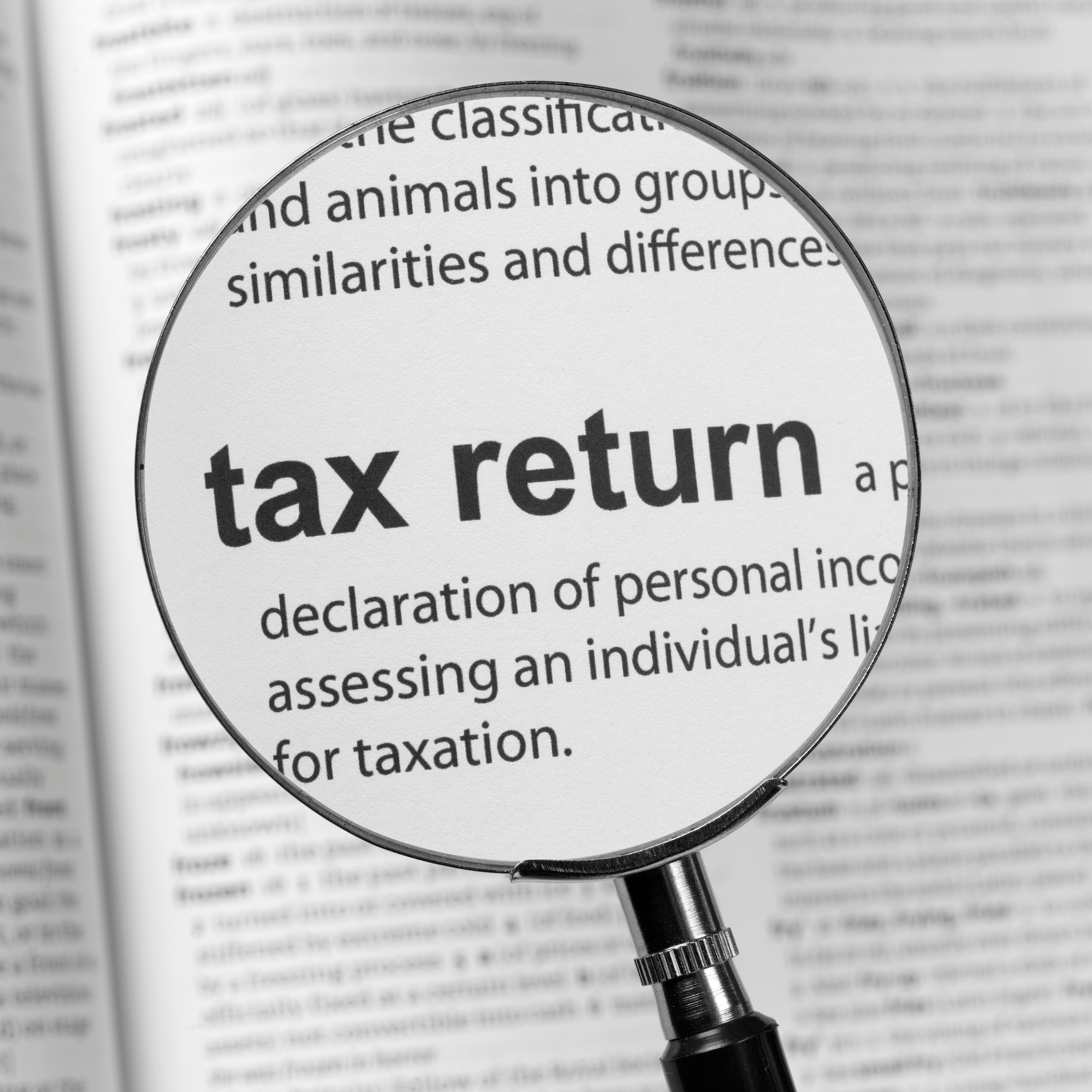In 2020 and 2021, the federal government provided several financial relief packages to businesses to help them survive during the pandemic. The Employee Retention Tax Credit (ERTC) was one of these. It gave employers a fully refundable tax credit for any of their W-2 employees that remained employed during any part of the period from March 12, 2020 to September 30, 2021. Unfortunately, many businesses failed to file for the credit because of misconceptions about the ERTC rules. The good news is that you may still be able to obtain the credit, so it is important to learn the facts about ERTC to determine if you are eligible.
The top 10 misconceptions about ERTC are as follows:
1. My business didn’t experience a decline in gross receipts, so I don’t qualify. It’s true that one way to qualify for the ERTC is to show a significant decline in gross receipts in 2020 and/or 2021 compared to 2019. However, you can also be eligible for the ERTC if you were completely or partially shut down due to governmental orders or you are a recovery startup business. In the latter two situations, you are not required to show a decline in gross receipts.
2. My business is not eligible for the ERTC because I received a PPP loan. Initially, businesses had to choose between the PPP and ERTC. The IRS has since changed their guidelines and employers can now claim both. However, if your business applied for loan forgiveness, you can only use the ERTC on qualified wages that did not fall under the loan forgiveness.
3. My business was partially open, so I don’t qualify. The ERTC rules state that a business can qualify even if it was only partially shut down due to governmental orders. A partial suspension means that under the facts and circumstances, more than a nominal portion of the business operations were suspended by a governmental order or business operations continued but were subject to modification due to a governmental order that had more than a nominal effect on the business operations.
4. I have an essential business that doesn’t qualify for the ERTC. An essential business can be eligible for the ERTC if it experienced a full or partial suspension of operations, such as if the business’s suppliers were unable to make deliveries of critical goods or materials due to a governmental order that suspended the supplier’s operations. In addition, an essential business can qualify for the ERTC because it had a significant decline in gross receipts or because it is a recovery startup business.
5. I have a non-profit organization that is not eligible for the ERTC. Non-profits can apply for the ERTC if they were partially or fully shut down due to governmental orders or they can show a significant decline in gross receipts in 2020 and/or 2021 compared to 2019.
6. My business launched during COVID, so it doesn’t qualify for the ERTC. In 2021, the ERTC was expanded to apply to recovery startup businesses which are those that began carrying on a trade or business on or after February 15, 2020. Such businesses have a different set of criteria as discussed in our previous blog post [ https://bit.ly/3ihbWQ5].
7. The ERTC doesn’t apply to the wages of part-time employees. Employers can take the credit for qualified wages paid to all W2 employees including those who worked part-time. However, how qualified wages are calculated depends on the average number of full-time employees the employer had in 2019. If an employer had less than 100 full-time employees in 2019, it can include all wages paid to employees regardless of whether the employee was working. If over 100 employees, employers can only take the credit for “wages paid to an employee for time that the employee is not providing services due to either (1) a full or partial suspension of the employer’s business operations by a governmental order, or (2) the business experiencing a significant decline in gross receipts.” Note that for 2021, the number of employees was raised to 500.
8. It’s too late to file. I don’t have enough time to submit my claim before the deadline. You have three years to file for the credit. That means you have until April 15, 2024 to file an ERTC claim for the 2020 tax filing year and April 15, 2025 for the 2021 tax filing year. Note that a business may request an extension of time to file a business tax return. You must file Form 941-X (Adjusted Employer’s Quarterly Federal Tax Return or Claim for Refund Form) for each quarter you failed to claim the credit.
9. The ERTC is a credit, not cash. The ERTC is a fully refundable tax credit that creates a reduction in wages in the amount of the credit. If you failed to file for the credit initially, you can amend your tax return and once the credit is approved, the IRS will issue a refund including interest.
10. My business did not retain all of its employees so I don’t qualify for the ERTC. The ERTC only applies to qualified wages made to an employee who continues to be employed. Therefore, it’s true that you cannot claim the credit for anyone who was laid off. However, if you furloughed employees for some period prior to a layoff, you may be able to claim the credit for wages paid during the furlough. And, you can obtain the ERTC for any employees you did retain.
The ERTC is complicated. Accordingly, it is best to work with experienced professionals who can help evaluate whether you qualify and prepare the necessary documentation to support your claim.
If you think that you might be eligible for the ERTC, contact us for a consultation. Our team at Funding Forward has helped clients recover over 1 billion dollars to date. We can take care of the paperwork so you can concentrate on your business.






